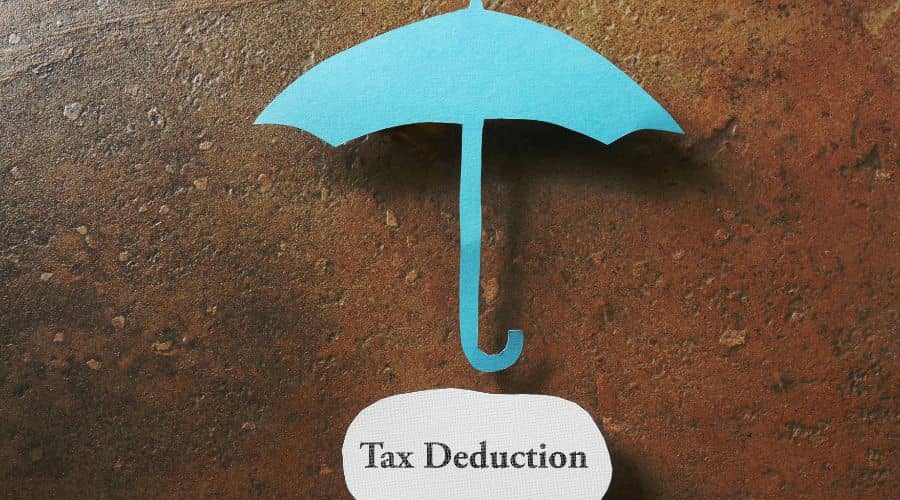Is there such a thing as a non-concessional contribution tax deduction?
Making non-concessional contributions can be tax-effective, but not necessarily in the way that you think.
Can You Claim a Tax Deduction on Non-Concessional Contributions?
A tax deduction is unable to be claimed in respect of non-concessional contributions. Tax deductions can only be claimed for concessional contributions – hence the name. However, there are tax benefits to making non-concessional contributions.
You can claim a tax deduction for a personal contribution by submitting an intent to claim a tax deduction form with your super fund. If you do this, the personal contribution converts from a non-concessional contribution to a concessional contribution. So, technically, you can opt to claim a tax deduction for a non-concessional contribution, but it ceases to be a non-concessional contribution from that point on – so you’re not really claiming a personal tax deduction for a non-concessional contribution, because it became a concessional contribution once you said you will be claiming a tax deduction for it.
Non-concessional contributions and concessional contributions are the two main types of contributions that can be made to superannuation.
Difference Between Non-Concessional and Concessional Contributions
A non-concessional contribution is a contribution made to superannuation that the contributor has not claimed a tax deduction in respect of (i.e. after-tax contribution); whereas a concessional contribution is a contribution made to superannuation that the contributor has claimed a tax deduction for; including, employer super contributions, salary sacrifice contributions and personal concessional contributions.
Read More: Benefits of Concessional Contributions
Non-Concessional Contribution Cap
The non-concessional contribution cap is $110,000 per person, per financial year. However, you are able to bring-forward up to two additional years’ worth of the cap, allowing you to contribute $330,000 at any stage over a three-financial year period, with no regard to the annual cap.
The bring forward rule is triggered in the financial year that your non-concessional contributions exceed the general $110,000 cap.
While under age 75 there is no age restriction on your ability to make non-concessional contributions, unless you have a total superannuation balance above $1.9 million or the non-concessional contribution will cause you to exceed $1.9 million – in which case you are unable to make any further contributions.
Concessional Contribution Cap
The concessional contribution cap is $27,500 per person, per financial year. However, your unused concessional contributions are automatically carried-forward from previous financial years (beginning 2018/19) for up to five financial years. But, you are only able to utilise the carried-forward amounts if your total super balance was below $500,000 on 30 June of the previous financial year.
There is no restriction on making or receiving concessional contributions while under age 75, unless you are aged between 67 and 74, in which case you cannot make personal concessional contributions without satisfying the superannuation work test or work test exemption.
Do Non-Concessional Contributions Reduce Taxable Income?
Non-concessional contributions do not reduce your taxable income, because you do not receive a personal tax deduction for making non-concessional contributions. However, while a non-concessional contribution does not provide you with an immediate tax deduction, by making a non-concessional contribution you are investing more within superannuation, which applies a maximum tax rate of 15% on investment earnings.
Therefore, non-concessional contributions can effectively reduce taxable income in future years, compared to if you were to invest within your own name instead of super.
Tax on Non-Concessional Contributions
There is no tax on non-concessional contributions. Non-concessional contributions can always be contributed to superannuation tax-free and can always be withdrawn from superannuation tax free.
Non-concessional contributions will also increase the tax-free component of your superannuation savings, which can reduce potential death benefits tax.
Tax on Excess Non-Concessional Contributions
Exceeding the non-concessional contribution cap of $110,000 (or $330,000 using the bring-forward rule) will result in excess contributions tax of 47% of the excess amount.
Excess non-concessional contributions are determined by the ATO, based on information provided to them from your superannuation fund. The ATO will then send you a determination, offering you the option to either:
- Elect to release (withdraw) the excess non-concessional contributions from your super fund, plus 85% of the associated earnings over the excess contribution period; or
- Do not elect to release the excess contributions, in which case the excess amount and associated earnings will remain within your super fund. In this instance the entire excess amount will be taxed at 47%. This tax will be paid from your super balance.
You will have 60 days to make an election. If you do not make an election, the ATO will refund the excess amount, unless the superannuation fund does not allow this.
Benefit of Making Non-Concessional Contributions
The benefit of making non-concessional contributions is that you are investing into a tax-effective environment, where all investment earnings (including capital gains) are taxed at a maximum of 15%. This tax rate is often lower than your marginal tax rate, making non-concessional contributions beneficial and worthwhile.
Furthermore, once you are retired and use your superannuation to commence an income stream, all investment earnings within your pension account are received completely tax-free.
Some other benefits of making non-concessional contributions include possible eligibility for the co-contribution and spouse contribution tax offset.
Our financial planning firm, Toro Wealth, specialises solely in helping 50 to 70 year-olds optimise their financial position in the lead up to retirement. If you’re interested in learning more about our service and cost, click here. Each day, we help people transition into retirement and develop their retirement plan, including a range of contribution strategies.
Discover More Content on SuperGuy:

Hi, I hope you enjoyed reading this article.
If you want my team and I to help with your retirement planning, click here.
Thanks for stopping by - Chris



